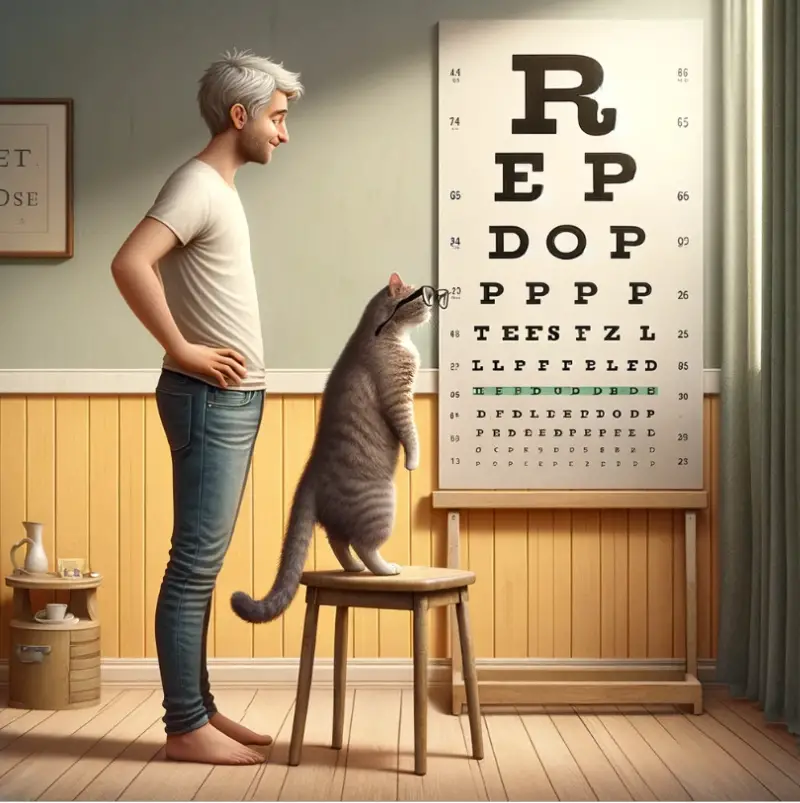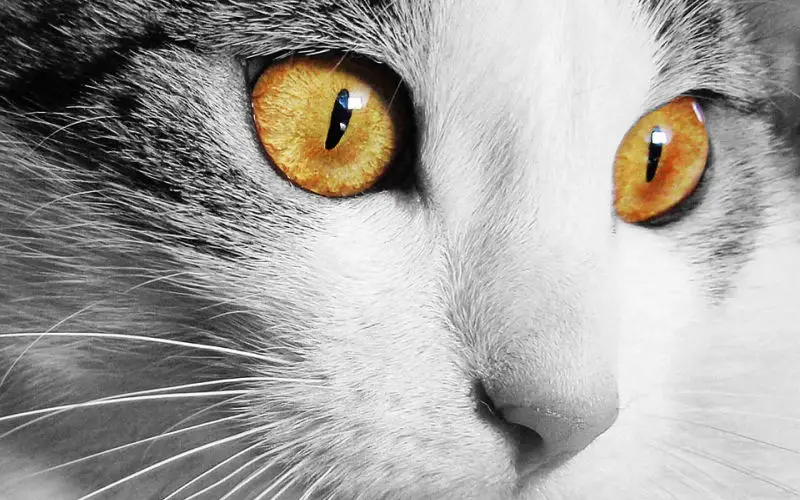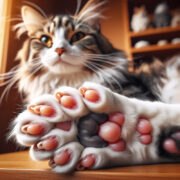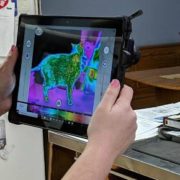Welcome, ladies and gentlemen, to the ultimate showdown of sensory supremacy! Tonight, we bring you a spectacle unlike any other: a clash between creatures of whiskers and creatures of curiosity. In one corner, we have the sleek, mysterious, and sometimes aloof contenders – the feline masters of the senses. And in the other corner, we have the upright, inquisitive, and occasionally clueless challengers – the ever-curious humans!
Get ready to witness a battle where sight, smell, hearing, taste, and touch will be put to the test. Will the cats’ keen eyesight outmatch the humans’ penchant for technology-assisted vision? Can the humans’ culinary creations surpass the discerning taste buds of their feline foes? And let’s not forget about the showdown in the domain of scent, where the cats’ olfactory prowess meets the humans’ arsenal of perfumes and delectable aromas.
So, fasten your seatbelts and hold onto your hats, because this is a contest where the claws might come out (literally and figuratively)! Welcome to our purr-fect clash of the senses – Cats vs. Humans to see who ultimately reigns supreme in the realm of senses.
Sight
Cats possess remarkable visual acuity, particularly in low light conditions, owing to their highly developed tapetum lucidum, a reflective layer behind the retina. This allows them to see in light levels six times lower than what humans require. Their eyes also contain a higher concentration of rod cells, enhancing their ability to detect motion.
However, humans excel in color perception, possessing three types of cone cells compared to cats’ two. This enables humans to perceive a wider spectrum of colors, making them adept at discerning nuances in their surroundings. In terms of sight, humans possess an advantage in color perception, while cats dominate in low light environments and motion detection. Overall, the superiority of vision depends on the specific visual tasks and lighting conditions. The winner: A tie
Bonus: Check out a post we did back in 2015 showing simulated examples of how our eyes capture images versus that of our cats. Here’s the article: Comparing Vision: Cats vs. Humans
Hearing
Cats are renowned for their acute hearing abilities, with the capacity to detect frequencies ranging from 45 to 64,000 Hz, far surpassing human capabilities, which typically range from 20 to 20,000 Hz. Their highly sensitive ears can rotate up to 180 degrees, allowing them to pinpoint the source of a sound with remarkable precision.
Humans, however, excel in discerning speech and language, thanks to the complex structure of the human ear and the processing power of the brain. While cats triumph in detecting subtle sounds and locating prey, humans hold the upper hand in understanding and interpreting spoken communication. The winner: Cats take this round.
Smell
The olfactory prowess of cats is unparalleled, with scent receptors numbering around 200 million, compared to humans’ mere 5 to 6 million. This heightened sense of smell not only aids in hunting but also in social communication among felines. Cats possess a specialized organ called the vomeronasal organ, or Jacobson’s organ, which detects pheromones, facilitating communication and mating behaviors.
Humans, on the other hand, rely more on their vision and hearing for communication, with smell playing a lesser role in social interactions. In the realm of smell, cats emerge as clear victors, utilizing their olfactory senses for various purposes, including hunting, communication, and territory marking. The winner: Cats take this round.
Taste
While both cats and humans possess taste buds, their preferences and dietary needs differ significantly. Cats are obligate carnivores, requiring meat-based diets rich in proteins and fats. Their taste buds are attuned to detecting amino acids, which are abundant in meat.
Humans, on the contrary, have a more diverse palate, capable of discerning sweet, sour, bitter, and salty flavors, catering to their omnivorous nature. Although humans enjoy a wider array of culinary experiences, cats’ specialized taste receptors align with their dietary requirements, making them the victors in the realm of taste, albeit within their dietary niche. The winner: Cats take this round.
Touch
Cats possess sensitive whiskers, or vibrissae, which play a crucial role in spatial awareness and navigation. These specialized hairs detect changes in air currents, aiding cats in navigating narrow spaces and hunting prey. Additionally, cats have sensitive paw pads, equipped with touch receptors, allowing them to explore and manipulate objects with precision.
Humans, while lacking such specialized adaptations, possess a higher density of touch receptors in their hands and fingertips, facilitating dexterous tasks and tactile interactions. While cats excel in utilizing their whiskers and paw pads for spatial awareness and hunting, humans’ heightened tactile sensitivity in their hands grants them an advantage in tasks requiring manual dexterity. The winner: Humans take this round.
Summary
In the sensory realm, cats and humans each possess unique adaptations and capabilities, honed through evolution to suit their respective lifestyles and environments. While cats reign supreme in certain senses such as hearing, smell, and taste, humans excel in others like color vision, language comprehension, and manual dexterity. Ultimately, the notion of “winning” in the comparison between cats and humans in terms of the senses is subjective, as each species has evolved to thrive in its own niche.
So, while humans might boast about their senses, when it comes to seeing in the dark or hearing the faintest rustle, it’s clear that cats have the upper paw in the sensory stakes.










